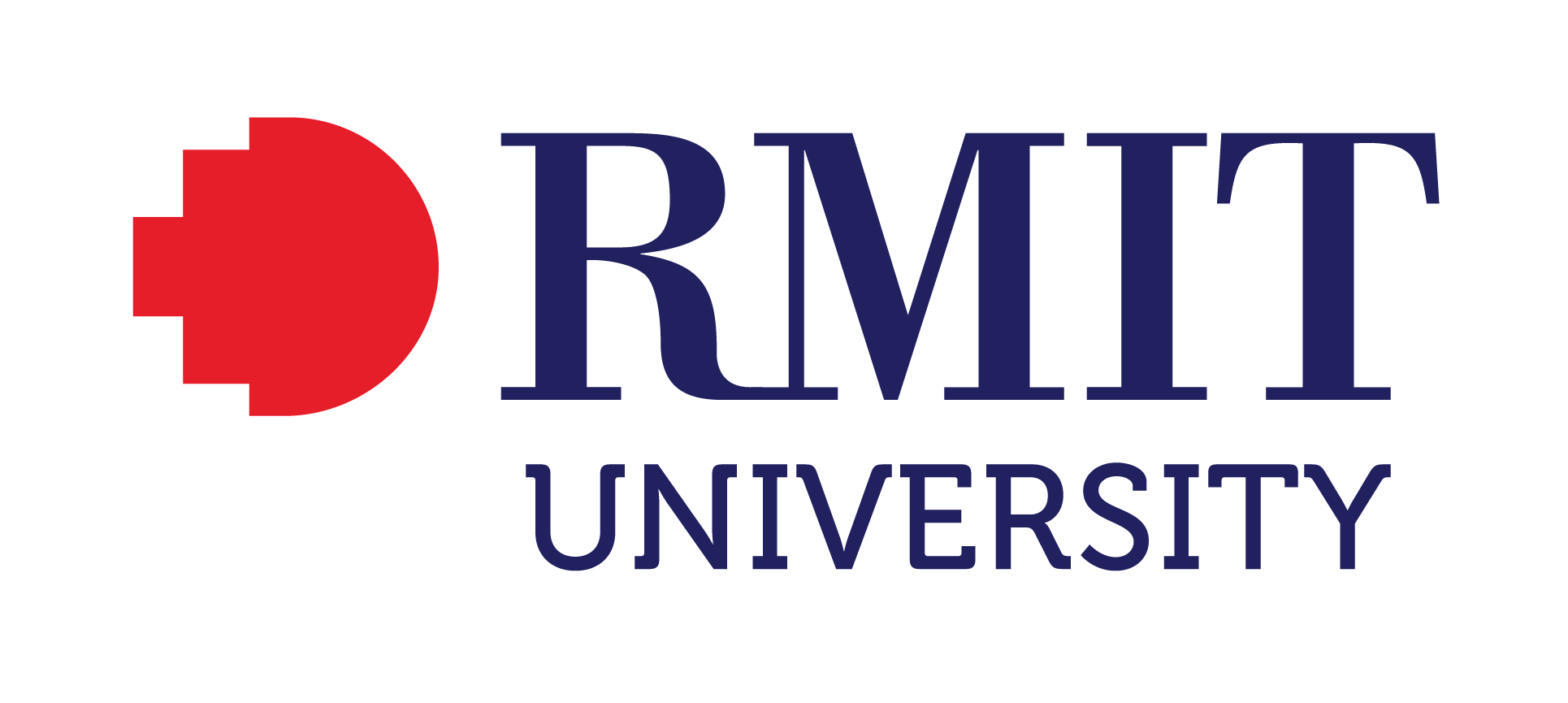The Australian Digital Inclusion Index
Find out more about the Australian Digital Inclusion Index and how it is constructed
What is the Australian Digital Inclusion Index?

The Australian Digital Inclusion Index uses data from the Australian Internet Usage Survey to measure digital inclusion across three dimensions of Access, Affordability and Digital Ability. We explore how these dimensions vary across Australia and across different social groups.
The Index measures these three dimensions because research shows they are the key requirements of digital inclusion. Where early research on digital inclusion focuses on questions of access[1], subsequent work highlights affordability challenges, and shows the importance of digital skills or abilities[2] as the use of online technologies has grown[3].
To understand and address digital inclusion, it is important to pay attention to Access, Affordability and Digital Ability simultaneously. Access alone provides only part of the picture. For example, living in an area where access to reliable internet is difficult to obtain and having limited means to gain or retain such access will mean that one is less likely to use networked, digital technologies. The likely outcome of this is a reduced ability or inability to develop digital skills and literacies in a context of rapid changes and uptake of technologies across more and more aspects of economic, social, and civic life.
The ADII was first developed in 2015 in response to the increasing need for data to inform the development of more effective policies, products, and programs to improve digital inclusion and ensure no one misses out.
In addition to, and preceding, the Index, valuable data relating to digital inclusion in Australia has been collected by government, commercial and non-government organisations. For example, the Australian Communications and Media Authority publishes regular research on aspects of Australian digital access and activity[4].
However, the Australian Bureau of Statistics has discontinued its biennial Household Use of Information Technology Survey[5], and the 2021 Census of Population and Housing did not include questions on internet access[6]. The professional services group EY Sweeney also ceased their Digital Australia: State of the Nation report in 2017[7] – three important sources for understanding digital inclusion at a national scale.
Revised to reflect the rapid evolution of usage patterns and skills required to navigate life online, the Australian Digital Inclusion Index provides a detailed measure of digital inclusion for Australia, allowing us to identify critical barriers to inclusion. These may be related to access, the costs of devices or data, and/or skills and literacies. By identifying these barriers, the Index can help shape initiatives to improve digital inclusion in Australia.
The ADII dimensions
The Australian Digital Inclusion Index is a relative measure of inclusion. Using a score of 0 to 100, it compares the degree to which individuals can be considered more or less digitally included than others based on three dimensions:
- Access
- Affordability
- Digital Ability
A score closer to 100 indicates higher inclusion while scores closer to 0 indicate greater exclusion. If you are interested in exploring the data yourself, please review our guide to reading the data.
Each of the three ADII dimensions are made up of multiple components, which are sourced directly from Australian Internet Usage Survey (AIUS) questions. For more information, you can read about the AIUS sampling and recruitment methods.
Access
Access concerns opportunities to gain a reliable internet connection and use various digital devices, alongside frequency of online access.
Frequency and intensity of use, ranging from no use at all to daily use
Connection type, such as fixed broadband or mobile-only
Data allowance and speed
Types of devices, including desktops, laptops, smart phones, tablets, and an array of smart home devices
A typical individual with a high Access score has:
- High frequency and intensity of use
- Fixed broadband
- Fast and unlimited data allowances
- Access via a range of devices
Affordability
The Affordability dimension measures the percentage of household income required to gain a good quality service with uninterrupted connectivity. To do this, we consider the price of a basket of goods and services required for a well-connected household.
Ratio of household income to the median cost of an ideal ‘internet bundle’ for a single or family household.
This ideal internet bundle enables both a quality and uninterrupted connection through the following three services:
- A fast internet service, including a cable (HFC) service, NBN 50 or above, or 5G wireless service
- Unlimited monthly data allowance through a fixed broadband service
- Mobile broadband or mobile phone data allowance above 61 GB
A person with the highest Affordability score would pay 2% or less of their household income for this internet bundle. This is based on an international standard[8], which suggests households should not be paying more than 2% of their income for internet access.
We also identify affordability stress.
Affordability stress describes when a family or single-headed household would need to pay a significant proportion of their income to gain access to a defined internet bundle. This affects the lowest income groups, typically defined as those in the lowest 40% of income distribution.
The affordability stress score categorises expenditure on the ideal internet bundle in four categories:
- Up to 2% of household income
- Up to 5% of household income
- Up to 10% of household income
- More than 10% of household income
Paying more than 5% of their household income on the internet bundle would tip many lower income households into affordability stress, compromising their capacity to pay for other essential household items. To avoid this, many lower-income households may buy cheaper and often inferior connections and devices that limit the quality of connections and opportunities for internet use.
Households that would have to pay more than 5% of their household income to access the internet bundle are considered to have ‘low Affordability’. Households that would have to pay less than 5% of their household income are considered to have ‘high Affordability’.
Digital Ability
Digital Ability measures skill levels: what people are able to do online, and their confidence in doing it.
Basic operational: Including downloading and opening files, connecting to the internet, and setting passwords
Advanced operational: Including saving to the cloud, determining what is safe to download, customising devices and connections, and adjusting privacy settings
Information navigation: Including searching and navigating, verifying trustworthy information, and managing third party data collection
Social: Including deciding what to share, how, and who with; managing and monitoring contacts; and communicating with others
Creative: Including editing, producing, and posting content, and having a broad understanding of the rules that may apply to these activities
Automation: Including connecting, operating, and managing smart devices and Internet of Things technologies
A person with a high Digital Ability score can perform a range of tasks across each domain, while those with lower scores may only have basic or no operational skills.
References
[1] Organisation for Economic Co-operation and Development, “Understanding the Digital Divide”, OECD Digital Economy Papers, No. 49, OECD Publishing 2001, https://doi.org/10.1787/236405667766
[2] E Hargittai, “Second-Level Digital Divide: Differences in People’s Online Skills,” First Monday 7, no. 4 (2002). https://doi.org/10.5210/fm.v7i4.942
N Selwyn, “Reconsidering Political and Popular Understandings of the Digital Divide,” New Media & Society 6, no. 3 (2004): 341–62. https://doi.org/10.1177/1461444804042519
L D Stanley, “Beyond Access: Psychosocial Barriers to Computer Literacy Special Issue: ICTs and Community Networking,” The Information Society 19, no. 5 (2003): 407–16. https://doi.org/10.1080/715720560
J A G M van Dijk, “Digital Divide Research, Achievements and Shortcomings,” Poetics 34, no. 4-5 (2006): 221–35. https://doi.org/10.1016/j.poetic.2006.05.004
M Warschauer, “Reconceptualising the Digital Divide,” First Monday 7, no. 7 (2002). https://doi.org/10.5210/fm.v7i7.967 .
[3] G Ogle, and R Law, Connectivity Costs II: Telecommunications Affordability and Waged Poor Households: Survey Final Report, 2020. Sydney: Australian Communications Consumer Action Network. Accessed August 6, 2021. https://accan.org.au/Telecommunications%20Affordability%20and%20Waged%20Poor%20Report.pdf
S Wise, Trying to connect: Telecommunications access and affordability among people experiencing financial hardship, 2013. Accessed August 6, 2021. https://apo.org.au/sites/default/files/resource-files/2013-09/apo-nid35820.pdf
[4] Australian Communications and Media Authority, Research Program. Accessed September 9, 2021. https://www.acma.gov.au/research-program
[5] Australian Bureau of Statistics, Household Use of Information Technology 2016-2017, 2018b, cat. no. 8146.0, Canberra, ABS. https://www.abs.gov.au/ausstats/abs@.nsf/lookupMF/ACC2D18CC958BC7BCA2568A9001393AE
[6] Australian Bureau of Statistics, Census of Population and Housing: Topic Directions 2021, 2018a, cat. no. 2007.0.55.001, Canberra, ABS. https://www.abs.gov.au/ausstats/abs@.nsf/Lookup/by%20Subject/2007.0.55.001~2021~Main%20Features~Topic%20directions~6
[7] EY Sweeney, Digital Australia: State of the Nation 2017, 2017. Accessed August 12, 2020. https://eysweeney.com.au/thought-leadership
[8] Broadband Commission for Sustainable Development, 2025 Targets: Connecting the Other Half. Accessed September 7, 2021. https://www.broadbandcommission.org/broadband-targets/
Alliance for Affordable Internet, Affordable Internet – Journey from 1 to 5, 2021. Accessed September 14, 2021. https://a4ai.org/affordable-internet-journey-from-1-to-5/


